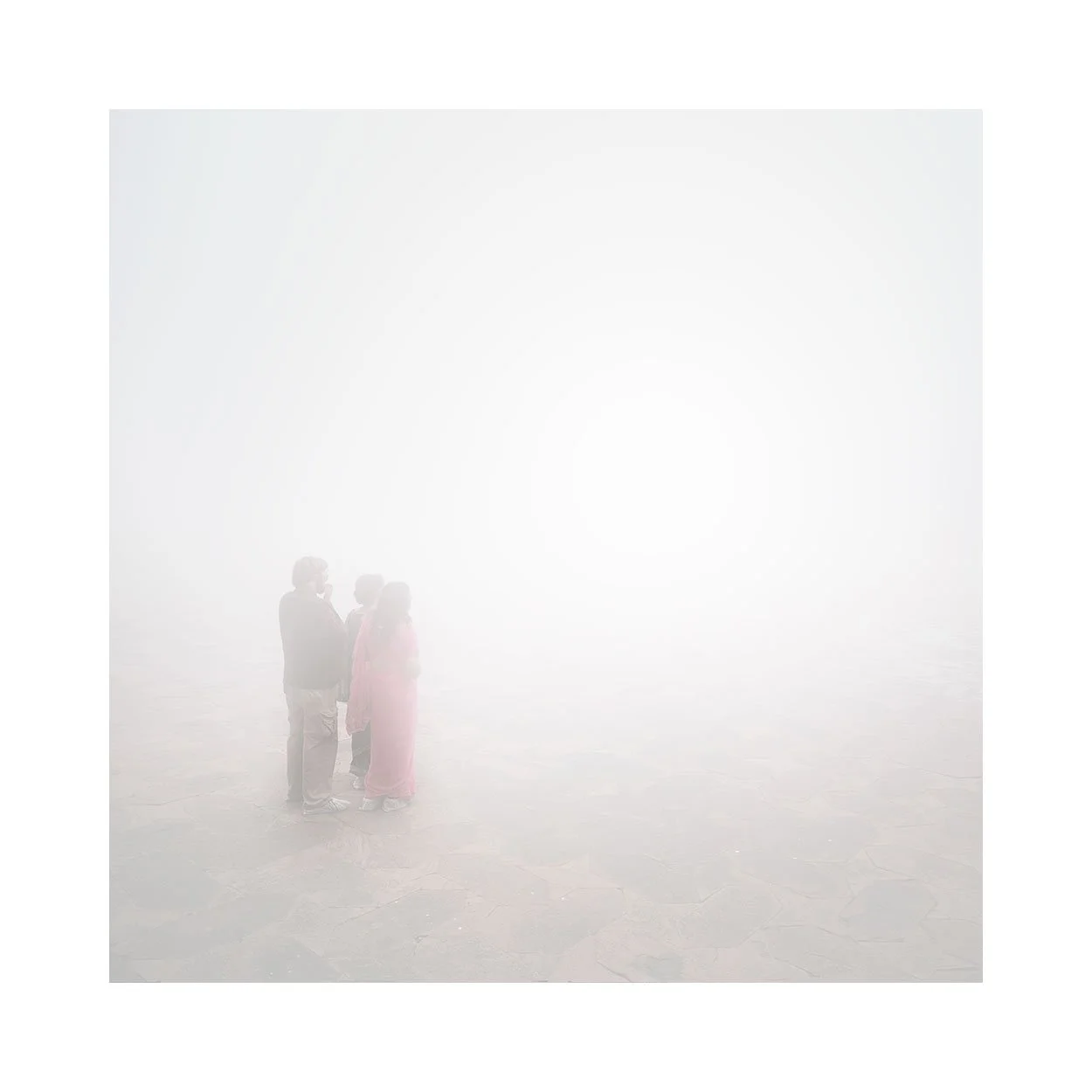On a recent trip to Torres del Paine, Patagonia I spent three mornings attempting a sunrise shot of the famous towers from the base of Laguna Armaga. Due to low-lying cloud and fog we could not see the famous towers, which we of course had all been anticipating.
Over the years I've been in so many similar situations that I now know that I should really try to embrace whatever I'm given, but it hasn't always been easy for me. It has taken me quite a few years to come to an understanding with the landscape, that I must learn to submit to it and run with what it gives me.
Surprisingly, I think I got a shot that was possibly much better than anything I could have imagined, or more importantly, than I could have anticipated.
Anticipation cannot be avoided. We are, by nature, beings that when we are not living in the past, we are thinking about the future, and seldom are we in the present moment.
As a workshop and tour guide / leader, or whatever it is that I am, I'm aware of seeing the same emotions, the same highs and the same lows in groups when the weather is not co-operating.
It is a funny thing to realise that all of us cannot escape anticipation. I think that anticipation of a location is much like pre-visualisation. Both can be a hindrance. Expecting the landscape to give you what you want, let alone even be aware of your needs, is something that we all must, at some point understand is a futile preoccupation. Eventually we must learn that it is us who must submit to the landscape, as it will not submit to us.
But anticipation does have its benefits. I am 100% sure it is not entirely a destructive mental process. If we do not anticipate anything, then this may suggest boredom or a lack of engagement.
I think that when we are excited and looking forward, we cannot help but anticipate. It is, in my view, a form of photographic hope. What I think anticipation's most destructive aspect is, is its way of stopping us seeing beyond what we hoped to get.
Much like comparison is the thief of joy, anticipation is the thief of working with the unexpected. When we don't see what we want, we will often say "there was nothing there". In my view, it's very much a roundabout way of admitting that we couldn't get past our own expectations.
I often think that the creative process is the art of working on one's own personal hang-ups.
The landscape tends to mirror back what we are feeling. If we are feeling excited, then the landscape is exciting, and if we are uninspired, then we think the landscape is uninspiring. But the landscape just 'is'. It is neither boring, or interesting. It just exists, and what we are dealing with is our own personal way of working through how we feel about what we are seeing.
I suppose that learning to understand when anticipation has taken us over may be the first step. Learning to deal with the disappointment of not getting what you wanted may be the second step. Thinking there may be something else to find and deciding to let go of previous wants is ultimately where we all want to get to.































